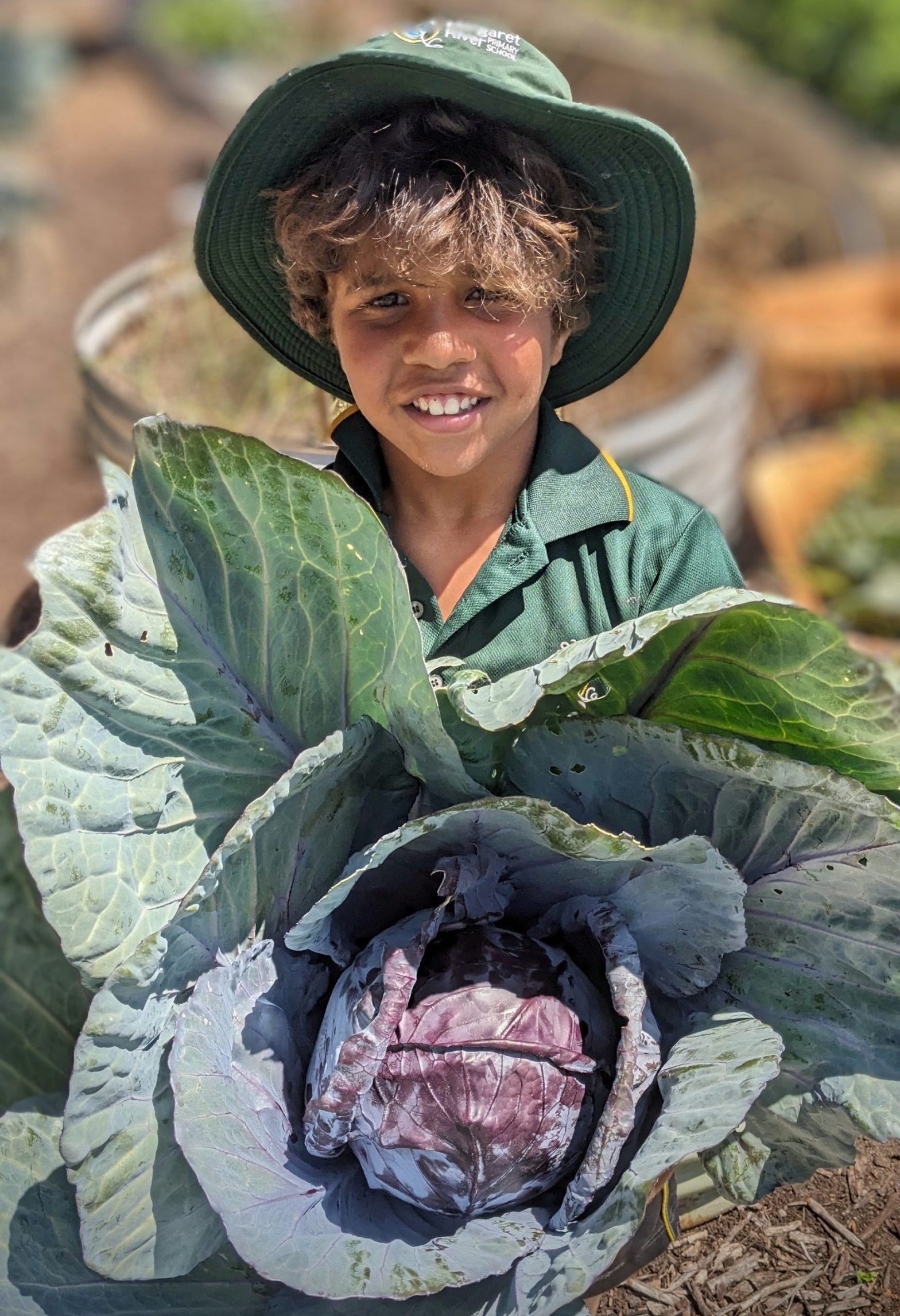Consistent watering is the key to survival | In Your Patch
With all forecasts pointing to a very warm summer, now is the time to make sure your retic system is working efficiently.
Check lines, drippers and heads. Ensure adequate coverage by cutting back extra growth that may be blocking your spray patterns.
Check your controller box and make sure it is set to your watering days.
Fertiliser and mulch will both help to ensure your plants are strong, resistant to pests and diseases, and able to withstand higher temperatures.
Consistent, deeper watering is key, along with soil that holds water.
Mulch will aid in that process, ensuring your soils do not become hydrophobic.
You are spoilt for choice when it comes to planting at this time of the year.
Sunflowers are always a winner, along with most of the squash including zucchini and tromboncino, tomatoes of course, beans, basil, sweetcorn, pumpkins, and cucumber including mouse melons that, if you’ve grown before, will be self-seeding right about now.
Tempting as it is to be a lazy gardener and leave those self-seeders where they lie, it may be worth your while transplanting them to a more suitable spot – one in which there is ample room to grow, or to climb if that’s needed.
Better yet, pot a few of them up and pass on to friends and neighbours.
Shady spots can house lettuce, beetroot, and leafy greens like spinach and silverbeet.
Plant early morning or late evening and ensure to water in well. I save all planting for days under 25 degrees and ensure seedlings are well watered before planting, along with a good soaking immediately post planting.
A light application of Seasol or worm juice also helps to reduce stress.
Our school garlic is ready to harvest, along with avocados, snow peas, winter spinach, silver beet, leeks, purple cabbage, Chinese cabbage, lettuce, and the last of the kale.
I’ve been taking quite a bit of excess produce to the Community Pantry as I make space for summer seedlings. Including what was a large harvest of something you’re likely to start seeing everywhere – broad beans.
For years I grew these but didn’t really eat them, passing them on to my mother who’s a fan.
I was then shown how to prepare them correctly, and I’ll share those directions with you. Pick beans, take off large outer green case.
Steam beans for less than a minute.
The outer casing goes dull green.
Do not overcook.
Some people transfer the beans to cold water to stop the cooking process but I’ve never bothered with that step. Let them cool, then peel off the outer skin.
Yes this step is somewhat time consuming but it is worth it! Place all shelled beans that should be a vibrant green into a bowl, add salt and pepper and a squeeze of lemon juice, and hand mash.
Spread onto crusty toasted bread. I live on this simple yet delicious dish for most of November.
On that note, I’ll see you in December. Happy gardening.
Terri Sharpe is Coordinator and Garden Specialist of the Margaret River PS Kitchen Garden Program.



















